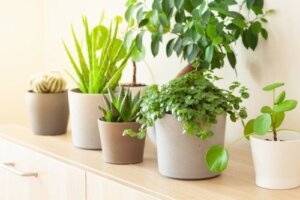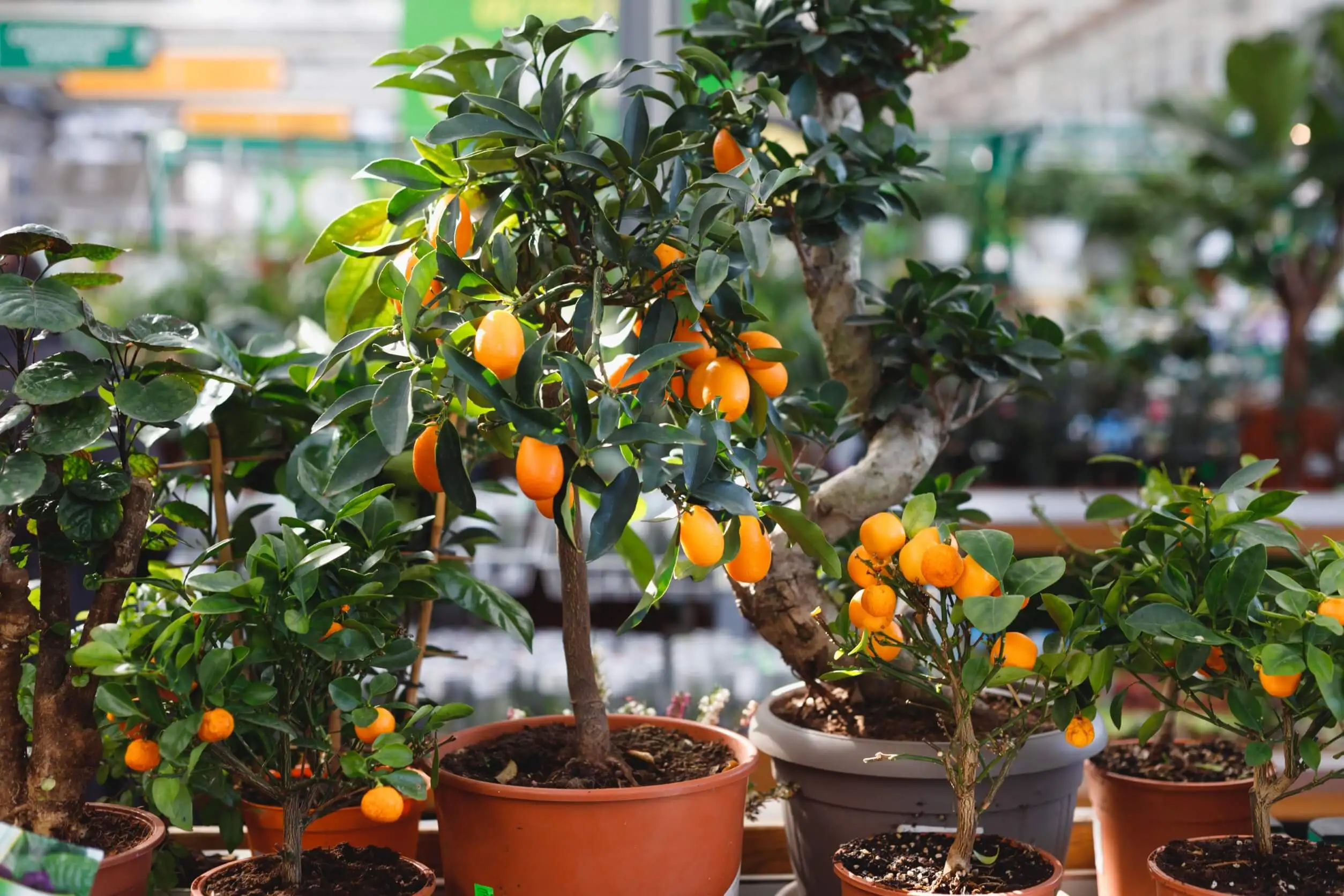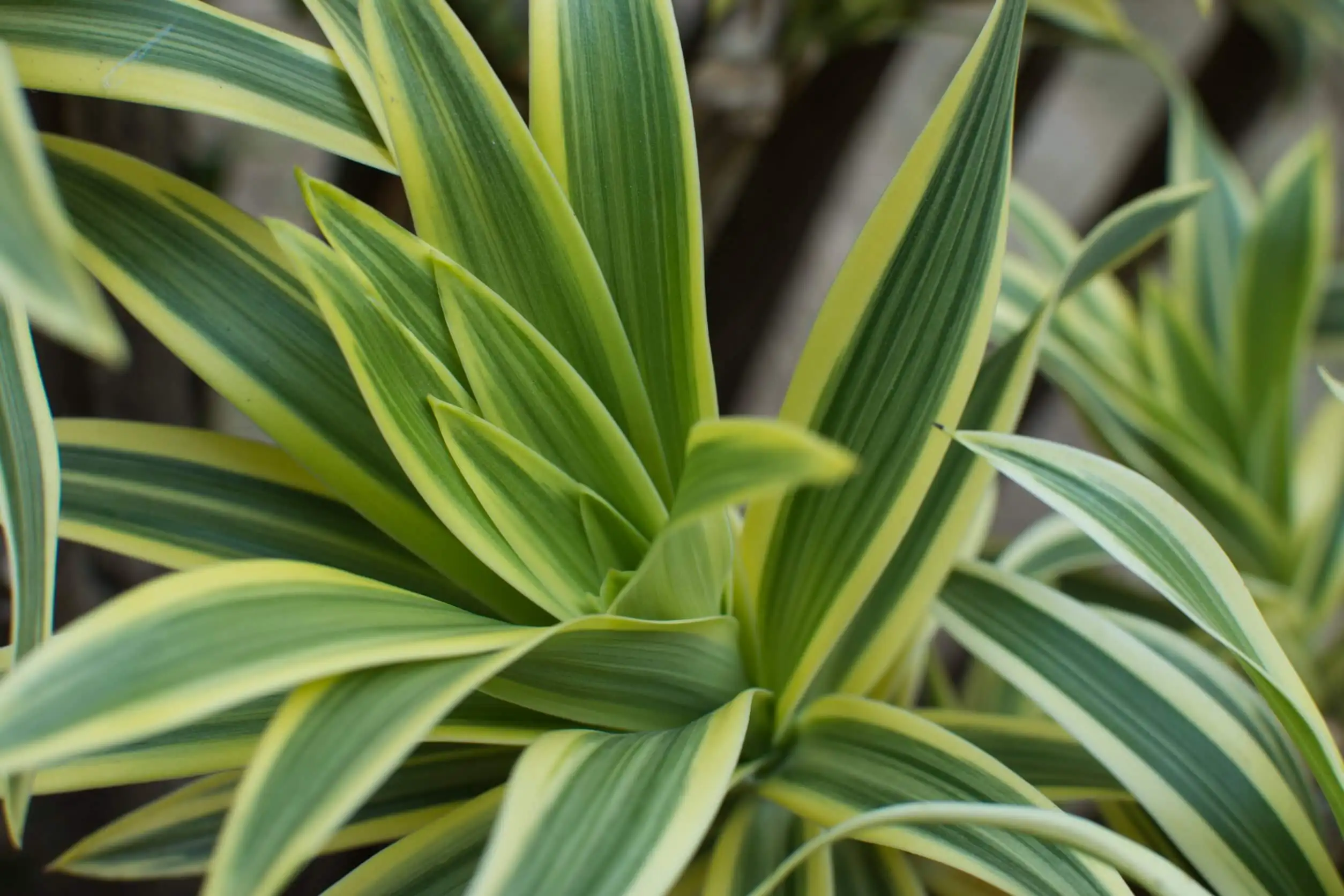8 Lucky Plants According to Feng Shui

Feng Shui, the philosophy of Chinese origin, that deals with the search for energy balance through the harmonious occupation of space. It also has a special place for plants.
After all, these elements are considered sources of purity, life, and harmony. Therefore, there are many lucky plants according to Feng Shui. In fact, these are objects that can’t be missing in a house that aims to balance its energy flow.
For this current of thought, plants improve the environmental quality, while at the same time protecting a space from bad energy. On the other hand, they establish the presence of nature in the home and purify the air.
Find out which species to choose and how to distribute them to attract luck according to Feng Shui.
Why place lucky plants according to “Feng Shui”?
According to Feng Shui, achieving a harmonious space that transmits positive influences to its occupants is achieved through conscious distribution.
The existence of a chi or qi – that is, the intangible quality of living beings – with the positive flow is achieved with the presence of five elements. These are wood, metal, fire, water and earth. Also, their distribution and orientation according to the cardinal points should be taken into account.
Plants are living elements linked to nature, harmony, and purification of the environment. Therefore, these conditions make them essential in a house that intends to harmonize spaces through the use of Feng Shui.
According to the experts of this philosophical system, these are elements that stand out for their adaptability and their slow but constant growth.
This condition represents a close relationship with nature. On the other hand, vegetation has the capacity to beautify the home through its flowers and fragrances.
However, the most important thing is that they’re living beings that purify the air through photosynthesis. At the same time, they transmit harmony and, according to many, can even attract good luck.
We think you may be interested in reading this, too: Feng Shui and Aromatherapy to Balance the Energy of Your Home
8 lucky plants according to “Feng Shui”
To achieve an environment with positive energy flow following the guidelines of “Feng Shui,” it’s essential to have the presence of plants with a positive energy flow.
In indoor spaces, these plants are used to attract good luck and purify the air. In addition, they symbolize abundance and growth.
On the other hand, there are specimens more suitable for gardens and other external areas, whose purpose is linked to protection. For the philosophy of Chinese origin, these species keep away bad energy and pollution.
1. Succulents
Plants of this type are characterized by storing a large amount of water, in general, within their thick leaves. They’re usually present in outdoor spaces, such as terraces, balconies, or gardens.
According to Feng Shui, they contribute to the generation of positive chi. Some recognized examples are cacti, agaves, or the genus aloe. It’s important to place them in external areas to generate the positive effects suggested by Taoist philosophy.
2. Chinese orange tree

This species, also known as the “kumquat” or “Fortunella” plant, is a shrub-like plant native to China. It’s very present in Feng Shui suggestions due to its aesthetics, its fruits, and its pleasant aroma. However, it also works in outdoor spaces and must have good drainage to grow optimally.
3. Potus
The Epipremnum aureum species, better known as “pothos”, is an example widely applied in indoor environments. The Taoist philosophical system suggests placing these plants in a corner due to their ability to purify the air and eliminate negative energy. In addition, this plant has very simple care and an elegance characterized by its heart-shaped leaves and its hanging extension.
4. Fittonia
This is a genus native to South America that’s known for its colorful leaves. They can acquire yellow, white, or reddish tones in their veins, which makes them very attractive for ornamental purposes.
In addition, Feng Shui guidelines suggest that the presence of this plant generates motivation to overcome obstacles.
As an indoor species, it’s ideal to place when a project is initiated or when a recent move has occurred. On the other hand, fittonia has the advantage of requiring simple care. It tolerates poorly lit environments and it’s enough to water it when the substrate is dry.
5. Rue
The rue genus, characterized by its shrub-like growth, is a great example for the purpose of warding off bad energy. Within the philosophy of Taoist origin, it’s usually placed in external spaces near the entrances to the home.
This is because its presence is associated with the absorption of negative energies, thus preventing them from entering the room.
6. Palo de agua is among the lucky plants according to “Feng Shui”

The tropical shrub Dracaena fragrans, better known as the “trunk of Brazil” or “water stick”, is one of the most used species in the search for good fortune.
In addition to its aesthetic vertical growth, this specimen is ideal for air purification and moisture absorption. Therefore, it’s often placed in indoor environments, especially facing northeast. According to Feng Shui, such a location reinforces the attraction of money.
7. Lucky bamboo
If we’re talking about good fortune, “lucky bamboo” is another option that attracts attention already from its own name. Like the water bamboo, this plant is usually placed facing northeast.
In addition, it’s recommended to look for specimens of the plant that have three stems, as they symbolize health, happiness, and vitality.
8. Money plants
Finally, the species Plectranthus verticillatus, known as “dollar” or “money plant”, is a good complement for the external sector in the search for fortune.
Since its African origins, this species has been linked to good luck. According to Feng Shui, it should be placed facing northeast, just like the water stick plant, but on the outside.
Like this article? You may also like to read: 10 Objects That Attract Bad Energy According to Feng Shui
What should you avoid when placing lucky plants according to Feng Shui?
Besides the recommended specimens, there are some details that Taoist philosophy advises avoiding. For example, you should avoid the placement of artificial plants. These plants represent the opposite of the vitality that natural plants bring since they are linked to dead energy.
On the other hand, dry specimens should never be kept, because they obstruct the energetic flow of the environment. According to Feng Shui, species with sharp leaves should also be avoided, while rounded ones are more advisable.
All cited sources were thoroughly reviewed by our team to ensure their quality, reliability, currency, and validity. The bibliography of this article was considered reliable and of academic or scientific accuracy.
- Bruun, Ole (2008). An Introduction to Feng Shui. Cambridge University Press. Disponible en: https://philpapers.org/rec/bruait-6
- Toledo M, Camero R. E, Durán J, Villamizar D, , Contreras L. Diseño y aplicación de una práctica de fotosíntesis para estudiantes de biología celular del IPC-UPEL. Revista de Investigación [Internet]. 2012;36(76):75-96. Recuperado de: https://www.redalyc.org/articulo.oa?id=376140391004
- Alan D.KleinM.D.1Neal S.PenneysM.D., Ph.D.1. Aloe vera. Journal of the American Academy of Dermatology. Volume 18, Issue 4, Part 1, April 1988, Pages 714-720. Disponible en: https://doi.org/10.1016/S0190-9622(88)70095-X
- Carmen U., Beatriz E., & José Manuel V. “Las plantas en los libros de Conocimiento del Medio de 2o ciclo de primaria.” Revista Eureka sobre Enseñanza y Divulgación de las Ciencias 10, no. 3 (2013):329-352. Redalyc, https://www.redalyc.org/articulo.oa?id=92028240003
- Eitel, Ernest J., (1878). Feng – Shui: The rudiments os natural science in China. Disponible en: https://books.google.com.ar/books?hl=es&lr=&id=m2lbAAAAcAAJ&oi=fnd&pg=PA1&dq=feng+shui&ots=jWpUUWr4WV&sig=pfpSTSX_WkH2Yoc97sfvMYn2x8A&redir_esc=y#v=onepage&q=feng%20shui&f=false
This text is provided for informational purposes only and does not replace consultation with a professional. If in doubt, consult your specialist.








